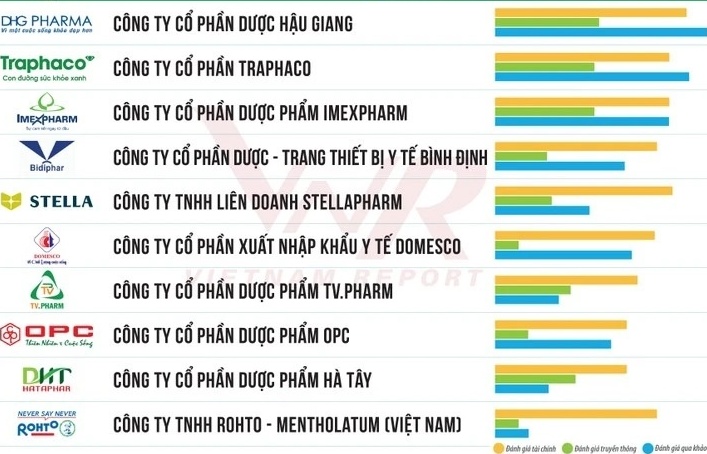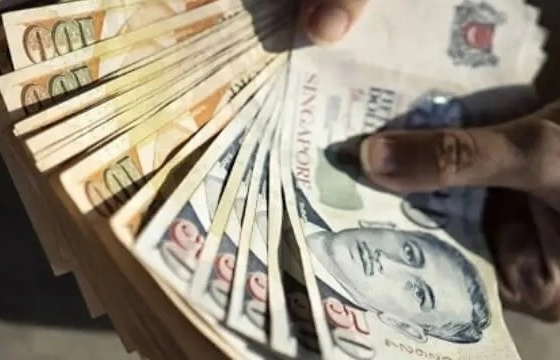Finance ministry clarifies tax rate
 |
| "The corporate income tax was cut from 32 per cent in 1999 to the current 20 per cent. The rate was lower than the average rate of 27 per cent of 83 countries", the Ministry of Finance said. - Photo vneconomy |
The clarification, which appeared on the ministry's official website on Sunday, was in response to a story published by Tuoi Tre (The Youth) newspaper on Friday titled "Lam duoc 10 dong, thue an 4 dong" which could be translated to mean that firms must spend nearly 40 per cent of profit in paying taxes and fees.
The story stated that the total tax rate of 39.4 per cent (of profit) mentioned in the World Bank's Doing Business 2016 and implied that such a high ratio of tax rate-to-profit was eroding competitiveness, and was among the reasons for the soaring number of firms being dissolved or halting operations and discouraging investments and business expansion.
The title presented an incorrect picture, the finance ministry said, although the story said that other social security contribution was calculated in the rate.
The ministry said it was better to take the ratio of tax and fee collection in the State budget against gross domestic product (GDP) to make a more accurate comparison between nations.
The ministry cited statistics showing that the ratio of budget collection against GDP of Viet Nam was 23.3 per cent during 2011-15 period, in which collection from taxes and fees was 20.9 per cent.
In comparison, budget collection-to GDP ratios of Thailand was 23 per cent, Indonesia 16.6 per cent, Laos 23.4 per cent, and Malaysia 24.5 per cent, while India was at 19.5 per cent.
If revenue from crude oil was excluded, Viet Nam's tax-to GDP ratio was 17.2 per cent of its GDP.
The ministry also said that major taxes were being adjusted in downward trends, especially corporate income tax, personal income tax, and value added tax, in addition to import-export tax and special consumption tax.
For example, corporate income tax was cut from 32 per cent in 1999 to the current 20 per cent. The rate was lower than the average rate of 27 per cent of 83 countries.
From 2016 to 2020, the finance ministry said that the ratio of tax rate to GDP would be reasonable to promote production, enhance domestic competitiveness, encourages exports and investments.
On social security contributions, the finance ministry said that social insurance, health insurance, unemployment insurance and trade union fee, were not financially paid to the State budget. Those fees were aimed at ensuring social welfare for labourers.
The ministry said expenses for compulsory social, healthcare and unemployment insurance were deducted when determining firms' taxable income.
What the stars mean:
★ Poor ★ ★ Promising ★★★ Good ★★★★ Very good ★★★★★ Exceptional
Latest News
More News
- Central Bank of Cuba chief visits Hanoi to work with VBSP (November 22, 2024 | 15:49)
- Credit sees steady growth towards year-end (November 21, 2024 | 17:46)
- HDBank wins three titles at Vietnam Listed Company Awards (November 21, 2024 | 10:01)
- VLCA’s corporate governance mission (November 21, 2024 | 10:00)
- The promotion of ESG via banking (November 21, 2024 | 09:32)
- Standard Chartered committed to Vietnam’s financial success (November 21, 2024 | 09:24)
- Full ESG adoption the priority for Agribank (November 21, 2024 | 09:07)
- Banks entice youth with tech advances (November 21, 2024 | 08:00)
- Banks shaping the future as business advisors (November 20, 2024 | 21:00)
- ESG represents a shift towards sustainability for banks (November 20, 2024 | 13:00)




















 Mobile Version
Mobile Version